Scandinavian design, renowned for its simplicity, functionality, and connection to nature, has significantly shaped the modern interior design landscape. Birthed in the icy, Northern European countries of Denmark, Norway, Sweden, Finland, and Iceland, this style embraces the harsh weather and varied geographical features of these lands and uses them as a springboard for design inspiration. The profound impact of Scandinavian interior design from its development in the early 20th century to the present day will be discussed herein, comprising its foundations, key features, cultural influences, and variations among countries within the Scandinavian region. Also, practical tips on constructing your version of a Scandinavian-inspired home will be taught, encouraging the notion that design itself is not merely aesthetic but a lifeline that connects us to the world around us.
The Foundations of Scandinavian Design
Understanding the Core of Scandinavian Design
The term Scandinavian design finds its roots in the early 20th century, originating from the five Nordic countries: Sweden, Denmark, Norway, Finland, and Iceland. Over time, this regional approach to structuring buildings, crafting furniture, and designing household items has evolved into a distinct style now recognized as Scandinavian design.
At its core, Scandinavian interior design’s main focus is functionality. A clear indication of this is noticeable in every item within a Scandinavian home, every piece has a defined purpose, with no room for extraneous clutter. This functionality extends to ingenious storage solutions and versatile furniture elements that form a vital part of the design aesthetic. Kitchen and closet appliances are often built into their surroundings or cleverly concealed to optimize space and keep the interiors tidy and seamless.
With a key focus on ‘form follows function,’ a principle embedded in Modernist design, Scandinavian style puts a high premium on simplicity. This simplicity is highlighted through soothing color palettes dominated by neutral shades such as white and light grey. While vibrant colors may find their way into the interiors through accent elements and decor pieces, the overall picture remains tranquil and refreshing.
Integral to the pursuit of simplicity and functionality is Scandinavian design’s pronounced affinity towards nature. From highlighting natural building materials like wood and stone to enhancing the in-and-out flow through expansive windows, the design aims to strike a harmonious balance between indoor and outdoors. The dark, extended winters that often wrap the Nordic region also play a crucial role in this aspect. Pervasive use of houseplants, natural fibers, and organic shapes accentuate the design’s deep-rooted connection to nature and the natural world.
The influence of the Nordic regions’ geographical location and climate conditions is fundamental in shaping the design philosophy. To counteract the extreme winters, the interiors are designed to capitalize on light. Light-enhancing colors, clear windows, and an overall focus on creating a bright and healthy ambiance are characteristic elements of Scandinavian homes.
The Scandinavian aesthetic deeply reveres skilled craftsmanship and quality materials. Long-lasting furniture pieces, with an emphasis on durability over ease or cost, is a reflection of this deep regard. The design also visibly showcases a commitment to environmental sustainability, whether through the selection of eco-friendly materials or techniques that are energy efficient in nature, reflecting the Nordic tradition of conserving the environment.
The essence of Scandinavian interior design lies in its perfect equilibrium between vital tenets of ease, simplicity, and a deep-seated connectivity to nature, embodying the true spirit of the region’s culture.
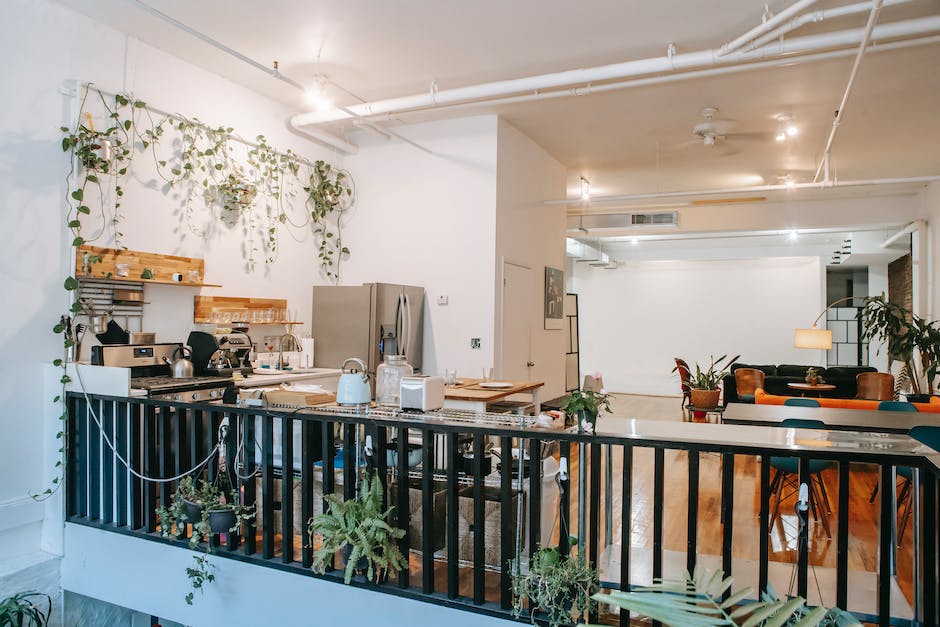
Key Features of Scandinavian House Interiors
Embracing Minimalism in Scandinavian Design
Nestled at the heart of Scandinavian design is the influence of minimalism. This design aesthetic is marked by streamlined forms, neutral color palettes, and an emphasis on simplicity. Rather than clutter spaces with unnecessary elements, the Scandinavian style uses a balanced blend of vintage and modern furniture items to achieve an elegant yet understated appearance. The primary goal of such a minimalist approach is to create spaces symbolizing tranquillity and relaxation, inviting everyone to unwind and refresh.
Adoption of Natural Materials
Natural materials, such as wood and stone, play a significant role in Scandinavian house interiors. Wood is often used for flooring, and furniture is typically made of sustainable woods like oak, pine, and beech. Plants are a common accessory, aiding in maintaining a connection with nature, and are often placed in hand-woven baskets or earthenware pots. The use of organic materials adds a layer of texture and warmth to the stark, minimalist aesthetic, preventing spaces from appearing overly cold or sterile.
Importance of Light
Light is an essential element in Scandinavian interior design. With long, dark winters, Scandinavian homes focus on amplifying and maximizing natural light. Interiors are generally painted with light colors, primarily white, to reflect natural light and brighten the space. Large windows, often without treatments, further allow natural light to flood inside the house. Additionally, numerous light fixtures such as pendant lights, floor lamps, and table lamps are dispersed throughout the home to illuminate it effectively during the darker months.
Muted Color Palette
Scandinavian design champions a color palette that is predominantly light and neutral. Whites, grays, soft pastels, and even black are common colors found in these interiors. This muted color scheme reflects the surrounding Nordic environment, with its snow-covered winters and gray skies, while also contributing to the calm and serene ambiance typical of Scandinavian house interiors.
Textiles and Accessories
In terms of textiles and accessories, Scandinavian design uses these elements to inject warmth, texture, and personality into the space. Examples include wool throw blankets, sheepskin rugs, and decorative cushions made from natural textiles like cotton or linen. Artwork, indoor plants, candles, and books are typical accessories that add a personal touch to the design scheme.
Common Furnishing Styles
Furniture in Scandinavian interiors is functional, comfortable, and made from natural materials. Iconic pieces from designers like Arne Jacobsen, Hans Wegner, and Eero Saarinen are often found in these interiors. The furniture is typically fuss-free, with clean lines and a lack of ornate details. The use of high-quality, durable materials ensures these pieces can withstand daily use and still retain their chic, timeless appeal.
The essence of Scandinavian house interiors lies in the harmonious blend of cozy comfort, tranquil serenity, and streamlined minimalism. These features collectively build a distinctive aesthetic, defined by the Danes as ‘hygge’ – an experience of warm, pleasant fellowship that brings about a delightful sense of contentment or well-being. Despite being rooted in centuries-old Nordic traditions, the principles of Scandinavian design continue to resonate with a global audience, shaping contemporary interior design trends across the world.
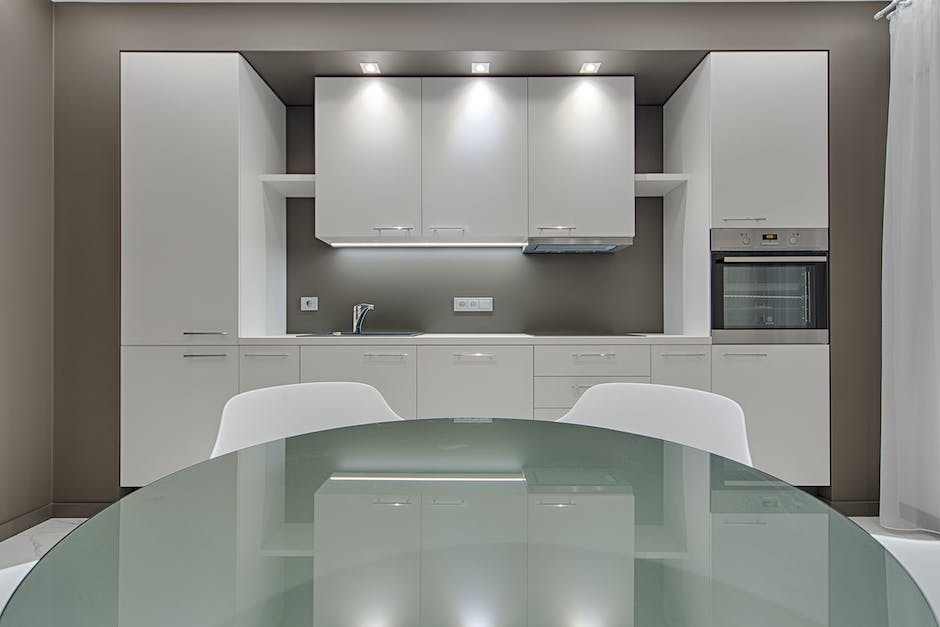
Influences and variances in Scandinavian Design
Global Inspirations Shaping Scandinavian Design
To truly appreciate the allure of Scandinavian house interiors, it is crucial to acknowledge the various cultural footprints that leave their marks on this design philosophy. A key influence emanates from the Bauhaus movement that originated in Germany, which was a strong proponent of functionality and simplicity – values that resonated within the Scandinavian design community.
Furthermore, Scandinavian interiors often reflect nuances from Asian design, specifically from Japan. The mutual appreciation of minimalism, functionality, and fine craftsmanship has given rise to ‘Japandi,’ a design approach that delicately merges the earthy simplicity of Scandinavian design with the refined sophistication of Japanese style. In a testament to this design’s global appeal, numerous Scandinavian homes incorporate elements like Kilim rugs and Moroccan poufs, embodying a distinct style fusion.
Variances in Scandinavian Design
Despite having common threads in simplicity, functionality, and minimalism, Scandinavian design displays fascinating differences based on geography. Danish design, for instance, is known for its timelessness. It balances modernity with a deep-rooted respect for traditional craftsmanship. Finnish design, in contrast, is marked by nature-inspired forms, bright colors, and bold patterns.
Swedish design is marked by a light, airy aesthetic partly influenced by the country’s long, dark winters. Norwegian design stands out for its acute focus on durability and functionality, complemented by simple lines and organic materials. Icelandic design, on the other hand, tends to utilize local resources such as wool and fish leather, exhibiting a strong connection with its natural landscape and elements.
A Global Perspective on Scandinavian Design
In recent decades, Scandinavian design ethos has seeped into global consciousness, shaping modern and minimalist designs everywhere. The term ‘Scandi-chic’ has become synonymous with interiors that showcase elegance in simplicity, practicality in design, and a delicate color scheme interrupted only by strategically chosen vibrant elements.
Scandinavian design principles, with their clean lines, functional furniture, subdued hues, and inviting fabrics have made their mark far beyond Nordic boundaries. Influences of this design philosophy can be found worldwide, from homes in Buenos Aires to spaces in Beijing, all drawing inspiration from the Nordic aesthetic.
The environmentally conscious nature of Scandinavian design, which promotes durability, aesthetic longevity, and the use of natural, sustainable materials, is finding greater resonance with an increasingly aware global audience. This bears witness to Scandinavian design’s universal appeal and contribution to contemporary minimalist aesthetics.
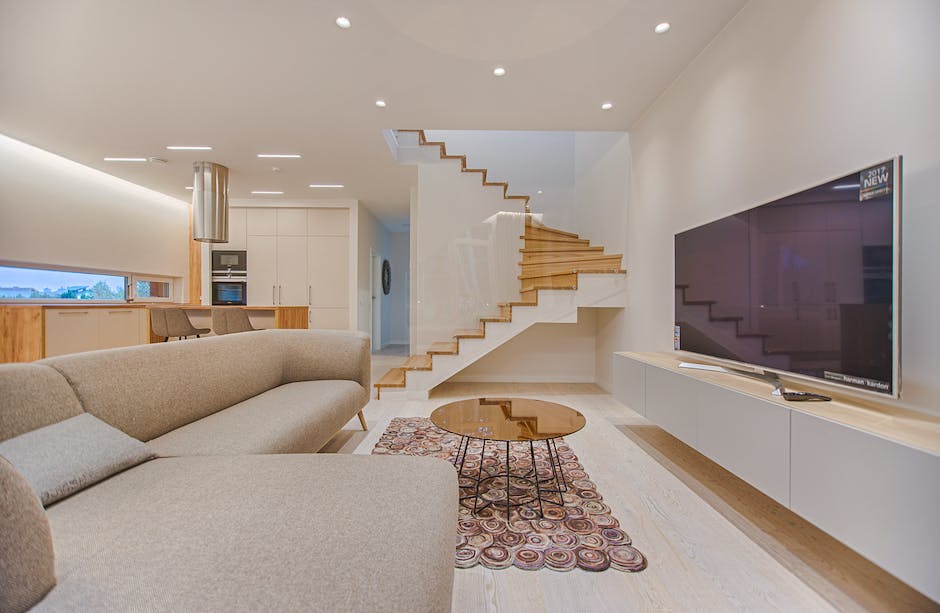
Creating a Scandinavian Style Home
Diving Deep into the Philosophy Behind Scandinavian Design
Scandinavian design’s core principles revolve around simplicity, minimalism, and functionality. Born amidst the long, chilly winters and fleeting yet brightly lit summers of the Nordic countries during the mid 20th century, this design approach incorporates these regional climatic nuances. The end result? Interior spaces that effortless strike a balance between feeling cozy and looking airy.
Implementing Scandinavian Color Schemes
The backdrop of a Scandinavian home is typically white. This helps to make the space feel light, bright, and spacious, counteracting the long, dark winters. Layers of subtle, neutral tones are added to create dimensions and warmth. Nordic decors often use a subdued color palette of white, greys, blacks, and browns to mimic the natural landscapes of these regions. Splashes of colors are occasionally added in the form of statement pieces or decorative accessories but are always kept minimal and tasteful.
Furnishing Styles in Scandinavian Homes
Scandinavian furnishings prioritize functionality and simplicity. Furniture with clean, modern lines, often made of natural wood, is a hallmark of this style. The use of space is also important; Scandinavian design often features multifunctional furniture to maximize space without clutter. Upholstery in textures like cotton, linen, and wool adds layers of texture to balance the minimalist aesthetic with comforting warmth.
Scandinavian Lighting Elements
Due to the Nordic region’s extended periods of darkness, lighting plays a crucial role in Scandinavian interiors. The light fixtures often serve dual purposes, not only illuminating space but also serving as design elements. Pendant lights, floor and table lamps, and wall sconces with a modern design aesthetic are commonplace. The primary aim is to mimic natural light as much as possible, thus, light sources are often diffused and layered to create a warm glow rather than harsh brightness.
Incorporating Functionality and Creativity
Practicality and functionality are core to the Scandinavian style. Every item has a purpose, and clutter is noticeably absent. Open shelving, sleek storage solutions, and cleverly hidden cabinets are clever ways in which functionality is blended into the aesthetics. Despite the emphasis on utility, creativity is not sacrificed. Classic elements like art pieces, textiles, and plant life are strategically used to add personality and charm to a Scandinavian style home.
Creating a Scandinavian-Inspired Home: Step-by-Step Guide
To create a Scandinavian-inspired home, start by simplifying the color palette – think white walls and neutral-toned furnishings. Opt for furniture with clean lines and natural materials, and don’t forget the importance of good, warm lighting. Clear away clutter and ensure that each piece of furniture or decor has a practical purpose—it’s okay to have empty space. Creative flair can be incorporated through textures, art pieces, and a touch of greenery. Remember, the goal is to create a space that is not only aesthetically pleasing but also functional, cozy, and reminiscent of the Scandinavian landscapes.
Taking Inspiration from Scandinavian Design Principles
For those with a love for minimalism and functionality, the Scandinavian design philosophy provides a benchmark. It offers a perfect blend of practicality and aesthetics, resulting in spaces that feel lived in, comfortable, and stylishly modern. If this design philosophy aligns with your taste, incorporating these elements can create a home that is truly your own but carries an essence of Nordic simplicity and elegance.
Encapsulating Nature: The Last Element of Scandinavian Design
An essential aspect of Scandinavian interior design that brings spaces to life is the inclusion of natural elements. Nature is highly respected in Nordic cultures, and this shows in their homes. Throughout the design choices, whether it’s the color scheme, materials, or actual greenery, the essence of outdoor living permeates the interior spaces of Scandinavian homes. Windows are often left undressed to bring sunlight in, and indoor plants are a common feature, adding to this indoor-outdoor living essence.
Remember that the core essence of Scandinavian interior design lies in its simplicity, functionality, and respect for nature. With these guides, you can bring the cozy Scandinavian influence into your own home. Stick to a simple, neutral color palette, focus on functionality, play with light, and don’t forget to incorporate a touch of nature. You’ll be well on your way to a beautifully designed Scandinavian-inspired home.
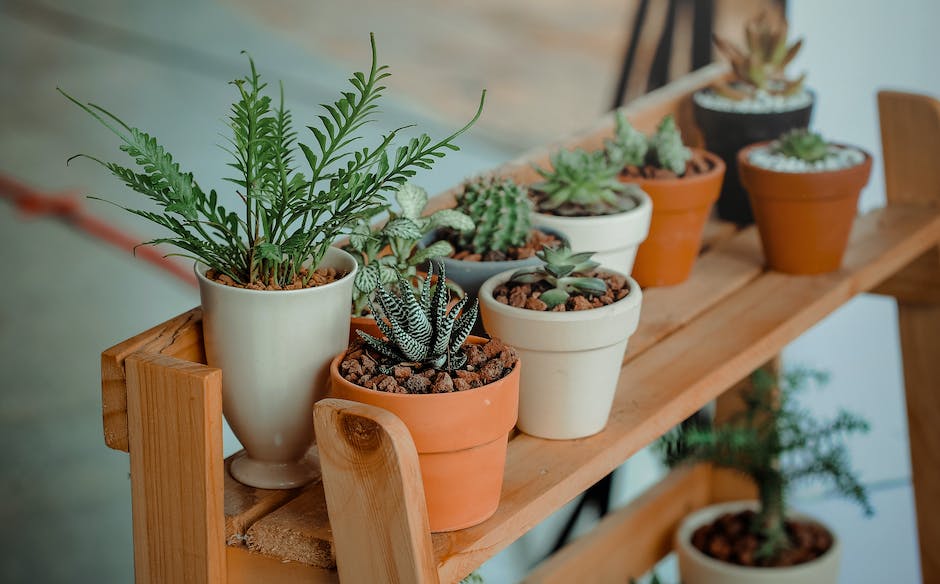
The allure of Scandinavian house interiors is more evident than ever, embodying a timeless balance of style and function with an emphasis on natural components. Its principles of simplicity and functionality coupled with a strong connection to nature display an ethos that resonates with many of us living in a modern, fast-paced society. Scandinavian design reminds us that our homes should not only be aesthetically pleasing but also comfortable and practical living spaces. As we aspire to integrate these principles into our own homes, let’s take a leaf from the Scandinavian playbook- let our spaces be filled with light, warmth, and a sense of calm, while staying true to our practical needs and the essential value of nature.

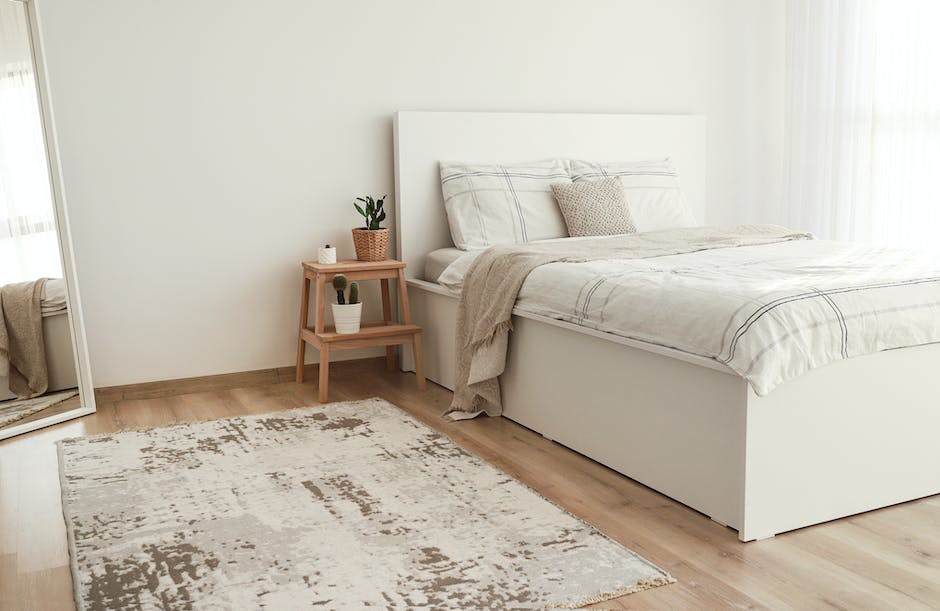
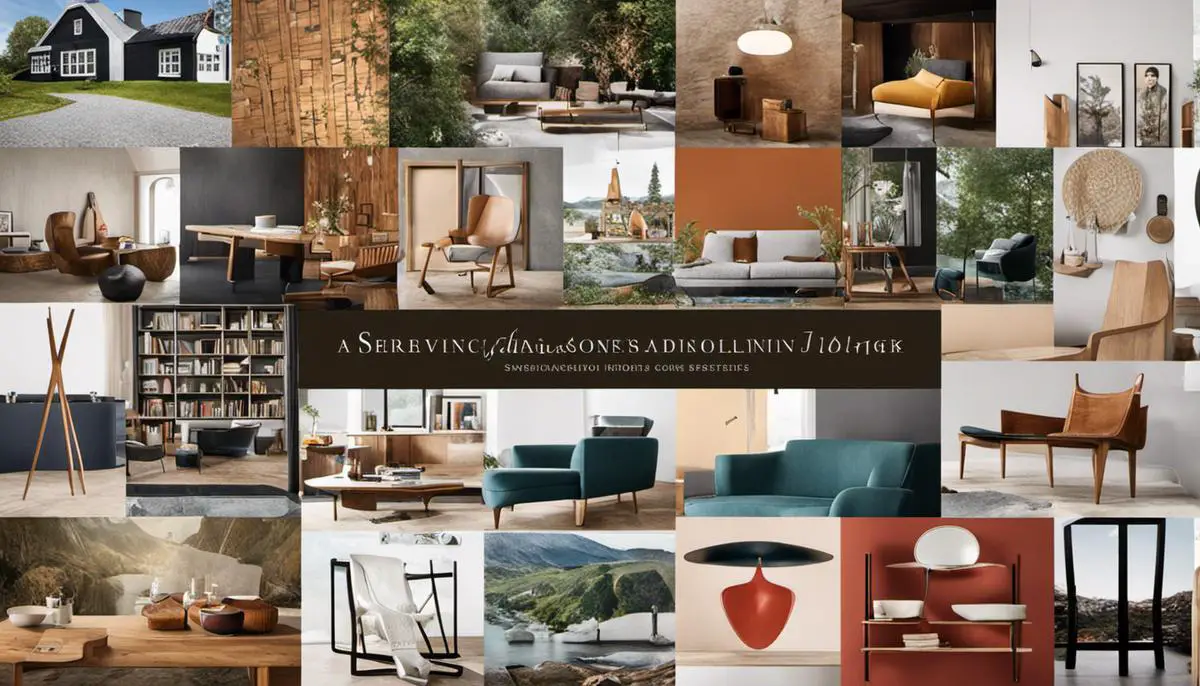
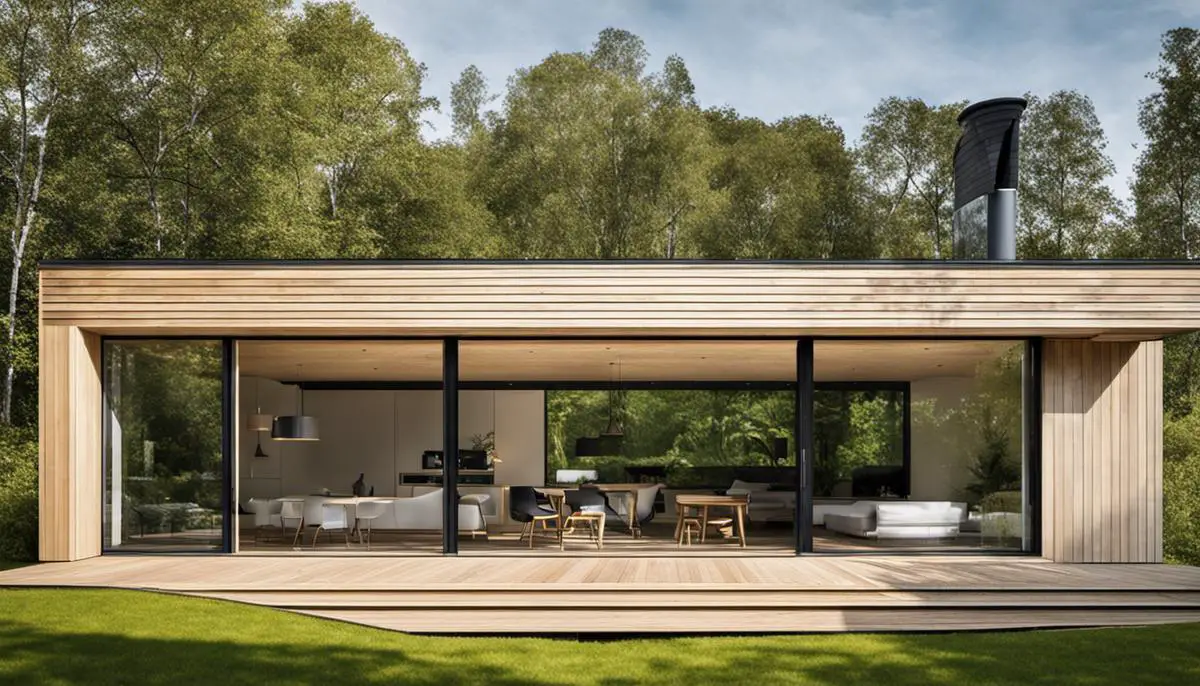
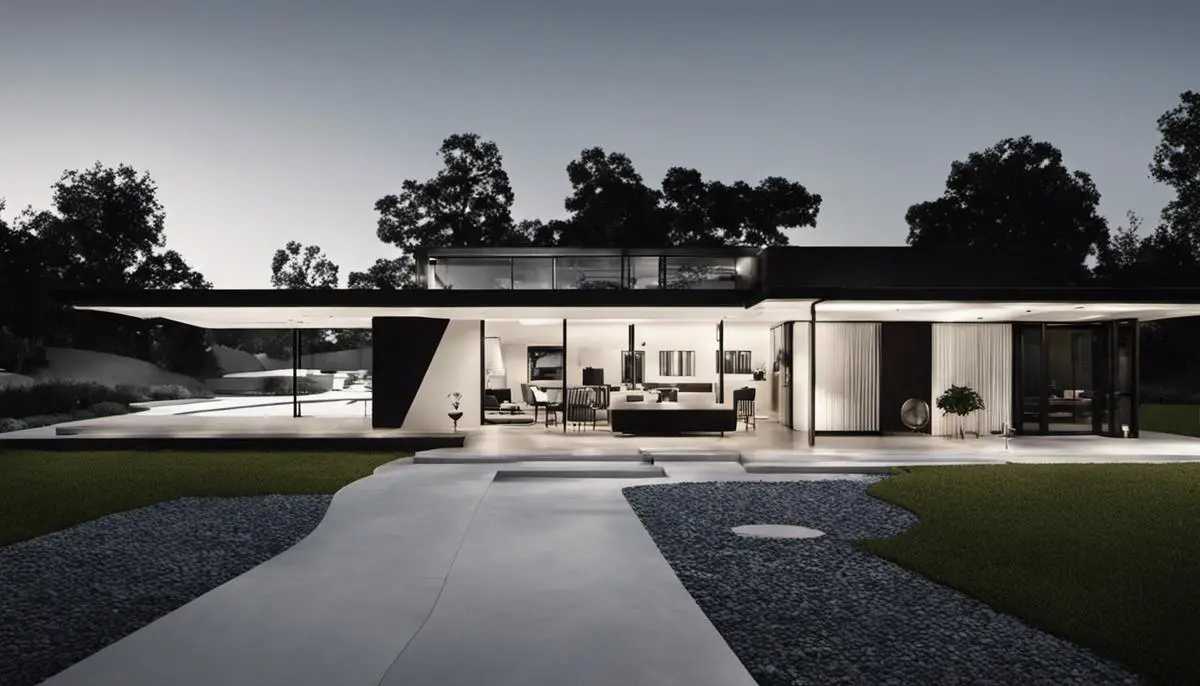


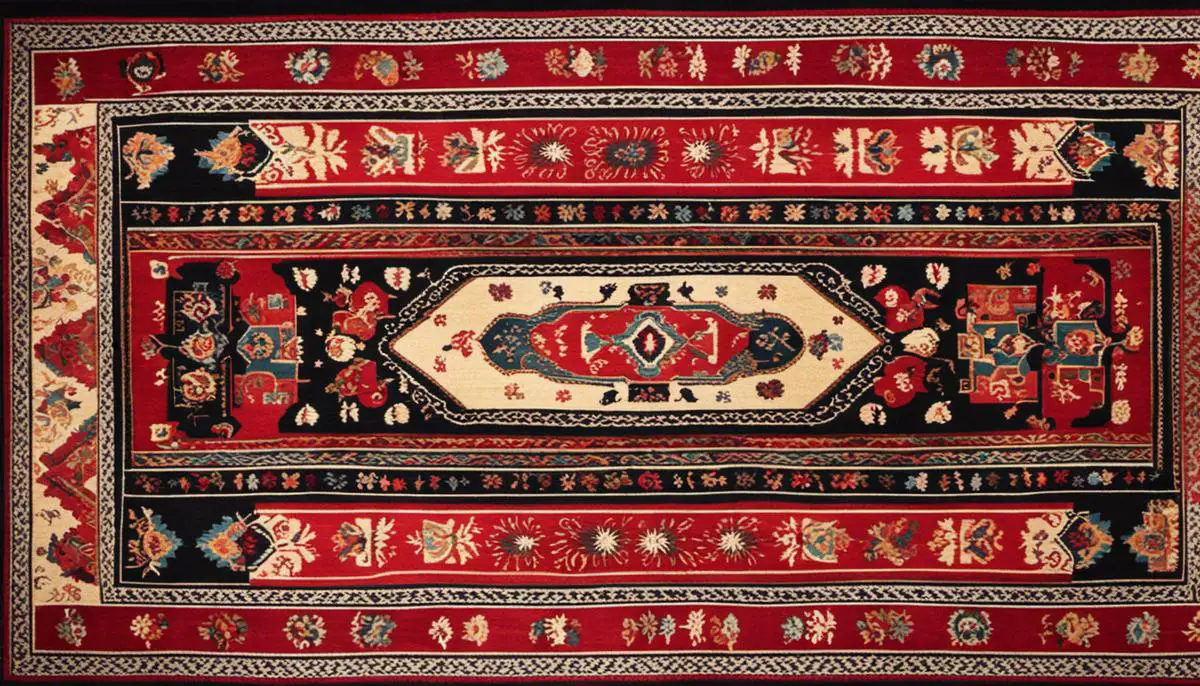
Leave a Reply